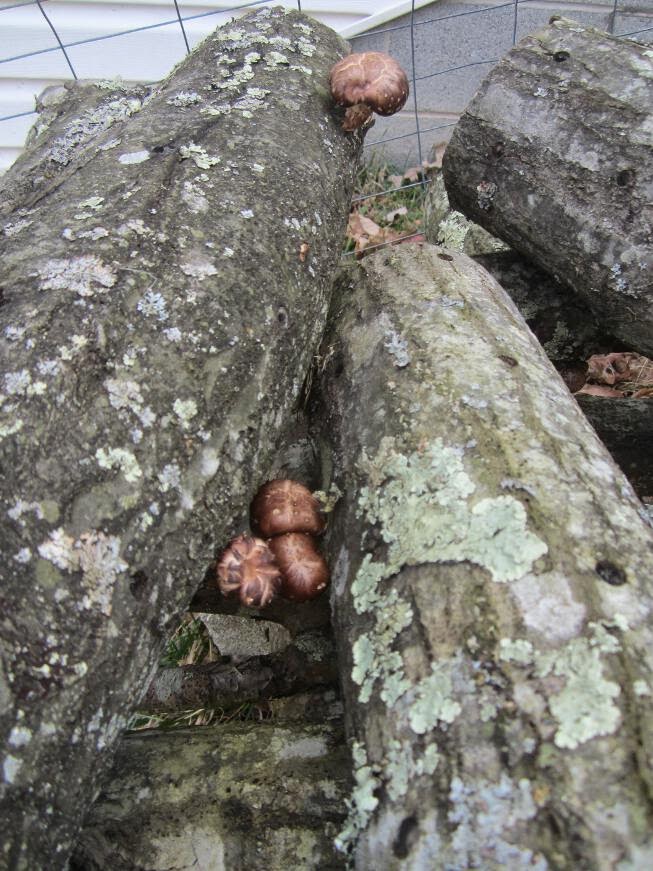This blog has a lot of how-to and informative posts, but sometimes I need to step back from routine and highlight all of the great things that are going on at the homestead. Sometimes I can get discouraged when following other blogs and seeing all the pristine photos with weedless gardens and blemish-free produce, but I remind myself that we keep things real here at the Wolfe house. This is the beginning of our 3rd year at this house and we are excited to see many of our efforts spring to life with the warm weather slowly creeping in. I think many of us can agree that spring was slow to arrive, but each day this week I am thrilled to see bits and pieces of the property wake up to warm weather. I look at the soil and see so much potential with the green manure putting nutrients back into the soil and flower buds swelling on the fruit trees! So here's a virtual toast to a bountiful harvest this summer!

This week, 3 colonies of Italian honeybees arrived from
Kelley Bees. This season I am taking on an apprentice beekeeper who paid for one colony of bees in exchange for hands-on education and a share of the honey crop. Having an apprentice will keep my mind sharp on the inner-workings of the hive and give me reason to go into the hives more often.
Our girls are tuckered out with all the scratching! After months of cold weather, they are eager to get out of their coops every morning and scratch under the leaves for all those tasty grubs coming up to the surface. After a few hours, 2 of the chickens decided to take a sun bath on the front steps to give their legs a rest.
This picture was taken a month ago. Many of the seedlings are already transplanted in the garden. Some days the greenhouse gets so hot (110 degrees) we have to prop the door open.
At the end of February I started sprouting potatoes but the weather was really wet and cold the week we wanted to plant them. The potatoes were quickly starting to shrivel up so Jon put them in the rain barrel planter on the porch under a layer of moist dirt and composted chicken manure.
After 2 weeks, the potatoes were hydrated and growing roots so they were transplanted into the garden.
The mushroom logs started sprouting this week!
All of the fruit trees have blossoms and many have already opened. We hope no more frosts!
A snapshot showing half of the garden. The green strips show the green manure growing back after dying in the winter.
Here's the other half of the garden with the green manure tilled under and ready for planting.
The cold frame was a success this spring... lettuce and spinach coming up! Varieties: hotshot mustard mix, arugula, gulley's favorite, lettuce mixture, and giant winter spinach
The brassica plants (cabbage, cauliflower, and broccoli) have been transplanted. This year we plan to use remay to keep the cabbage moths away. We'll be posting about that sometime in the near future. Cabbage is shown in the above picture.
In the fall Jon planted music and great northern white garlic at the end of each row. We keep reading how garlic keeps the "bad" bugs away so instead of planting a patch of garlic, we are growing 2 bulbs at the end of each row to hopefully maximize the benefits of garlic since our garden is so large. It's hard to see the garlic in the picture above since the green manure is growing in areas but they are on the far left side.
The asparagus are poking their heads through the soil. This year we can finally harvest the spears!




























